Today we rose early and drove our longest route so far, from
Side on the southern coast to Cappadocia in central Anatolya. It took about six hours, but was for the most
part the
easiest driving we’ve had so far because once we left the coast and
headed into the mountains, there were few towns and villages to slow us up, and
the uphill roads almost all had passing lanes.
Once we got through the mountains and into the central Turkey steppe, it
reminded us of driving across Kansas, flat grasslands until we got into civilization again. Passing on the outskirts of Konya, a city of
nearly a million and reputedly the “Bible Belt” (or more accurately the "Koran Belt") of Turkey, we were taken aback
by the widespread haze of pollution, but it is after all a fairly
industrial
area. But we continued to make good time,
only stopped for gas and to visit Sultanhani, a 13th century
caravanserai (where trade caravans of camels stopped to spend the night in security and
some modicum of comfort). The big stone stable
area where the camels spent the night was pretty impressive!
An even better memory for us is the gas
station where we stopped a bit before the caravanserai for gas and our usual
cold lunch beverage (Craig has defected to Pepsi for
something different, but
Phyllis is loyal to Coke), where the three generations of attendants spoke
little English but were so welcoming we lingered for sign language discussions
(and iPhone translations) for some time.
They wanted to know how old we were, and seemed impressed at Phyllis’
spryness for her age (after she went chasing after a bit of litter that blew
off with the wind)! And when we left,
they gave us a box of tissue with their store photos all over it, a present for
the road. What fine people we are
finding here in Turkey.
After another couple of hours of driving, we arrived in
Goreme, our intended home base for the next four days. Cappadocia is famous for its unusual rock
formations, created by the uneven erosion of the terrain left by repeated volcanic
eruptions many millennia ago, into which people have historically carved living
space and, in several cases, entire cities.
Essentially, they carved out elaborate caves and churches and lived inside
rock, whether above or under the ground.
The area was inhabited even in prehistoric times but most of the famous
dwellings and rock-
hewn churches dated from Roman and Byzantine times. Early Christians found this a good area to
hide out and, as Christianity became more widely accepted, they continued to
beautify the area with churches through the 11th century. The underground cities were constructed for
hiding in the 6th and 7th centuries when Persians and
Arabs swept through trying to wipe out the Christians. (It seems like on this trip that most of the
interesting architecture is created as a response to someone trying to
annihilate whoever is currently living in a location.)
Goreme is a pretty little town and is ground zero for exploring
the area. Fortunately we got
there in
plenty of time to find a suitable hotel and have a glass of wine on the
terrace. Sultan Cave Suites Hotel, the
second place we tried, is pretty luxurious for a place built into a series of
caves in the side of a rock face. Quite
a bit of Goreme is this way. The aforementioned
terrace looks out over the little town and across a valley filled with strange
shaped rock formations. After sunset we
found a nice restaurant recommended by our host and then settled into our cave
room for a good night’s sleep.

 Göreme, Nevşehir, Turkey
Göreme, Nevşehir, Turkey
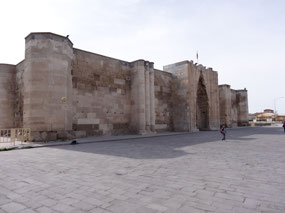
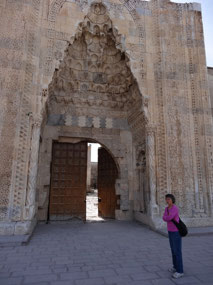
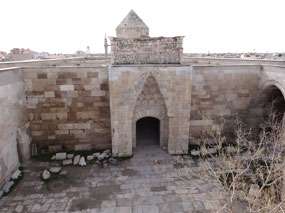
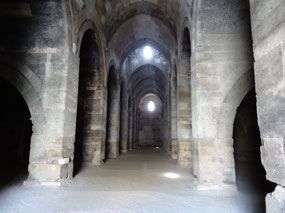
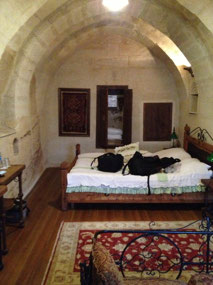





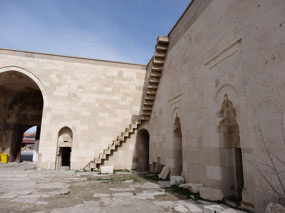
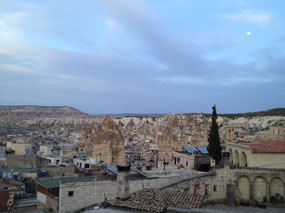
2025-05-23